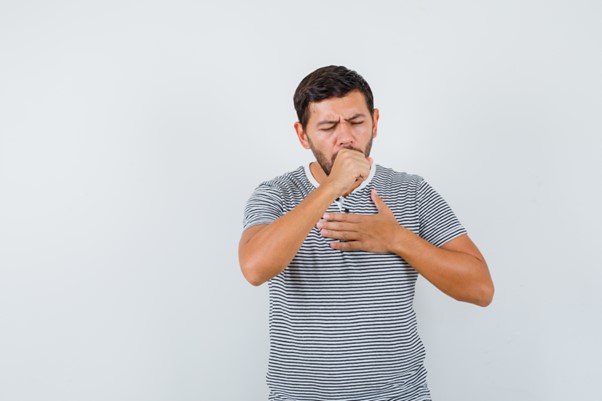What is Pneumonia?
Pneumonia is a lung infection that can make it hard to breathe. It happens when germs, like bacteria or viruses, enter the lungs. As a result, the air sacs in the lungs fill with fluid or pus. This makes it tough for your body to get enough oxygen. Anyone can get pneumonia, but it is more serious for young children, older adults, and people with weak immune systems. According to the World Health Organization (WHO), pneumonia is a leading cause of illness worldwide.
Common Symptoms of Pneumonia
Symptoms of pneumonia can vary from mild to severe. Sometimes, they start suddenly. Other times, they develop slowly. Early treatment can help prevent problems. Watch for these common signs:Cough, often with mucus or phlegmFever and chillsShortness of breathChest pain, especially when breathing deeplyFeeling very tired or weakLoss of appetiteConfusion, especially in older adults
However, not everyone has all these symptoms. If you notice any of them, especially trouble breathing, seek medical help right away.
Causes and Risk Factors
Pneumonia can be caused by different germs. Most often, bacteria or viruses are to blame. Sometimes, fungi can also cause pneumonia, but this is less common. The most common type is bacterial pneumonia. Viral pneumonia often happens after a cold or the flu. In rare cases, people can get pneumonia from inhaling food, liquid, or vomit into the lungs.
Some people have a higher risk of getting pneumonia. These risk factors include:Being under age 5 or over age 65Having chronic illnesses, like asthma or diabetesSmoking cigarettesHaving a weak immune systemRecent surgery or hospitalizationLiving in crowded places, such as nursing homes
Because these factors increase your risk, it is important to take extra care if they apply to you.
How Pneumonia is Diagnosed
Doctors use several steps to diagnose pneumonia. First, they ask about your symptoms and health history. Next, they listen to your lungs with a stethoscope. Crackling or bubbling sounds may suggest pneumonia. In addition, your doctor may order tests, such as:Chest X-ray to look for infection in the lungsBlood tests to check for infectionSputum test to find out which germ is causing the illnessPulse oximetry to measure oxygen levels in your blood
Early diagnosis helps doctors choose the best treatment. Therefore, do not delay seeing a doctor if you have symptoms.
Treatment Options for Pneumonia
Treatment for pneumonia depends on the cause and how sick you are. Most people can recover at home. However, some may need to stay in the hospital. Common treatments include:Antibiotics for bacterial pneumoniaAntiviral medicines for some viral typesFever reducers and pain relievers, like acetaminophenDrinking plenty of fluids to stay hydratedRest to help your body heal
Sometimes, people with severe symptoms need oxygen or other support in the hospital. Always take all medicines as your doctor prescribes. If you feel worse or do not improve, contact your doctor right away.
Prevention Tips and Lifestyle Guidance
While pneumonia can be serious, you can take steps to lower your risk. Here are some helpful tips:Get vaccinated against pneumonia and the fluWash your hands often to stop the spread of germsAvoid smoking, as it damages your lungsEat a healthy diet and get enough sleepStay away from people who are sick, if possibleManage chronic health conditions with your doctor’s help
Because prevention is key, talk to your doctor about vaccines and healthy habits. These steps can help protect you and your loved ones.
In summary, pneumonia is a common but serious lung infection. Knowing the symptoms, causes, and treatments can help you stay safe. Consult a healthcare professional for personalized advice on pneumonia.

